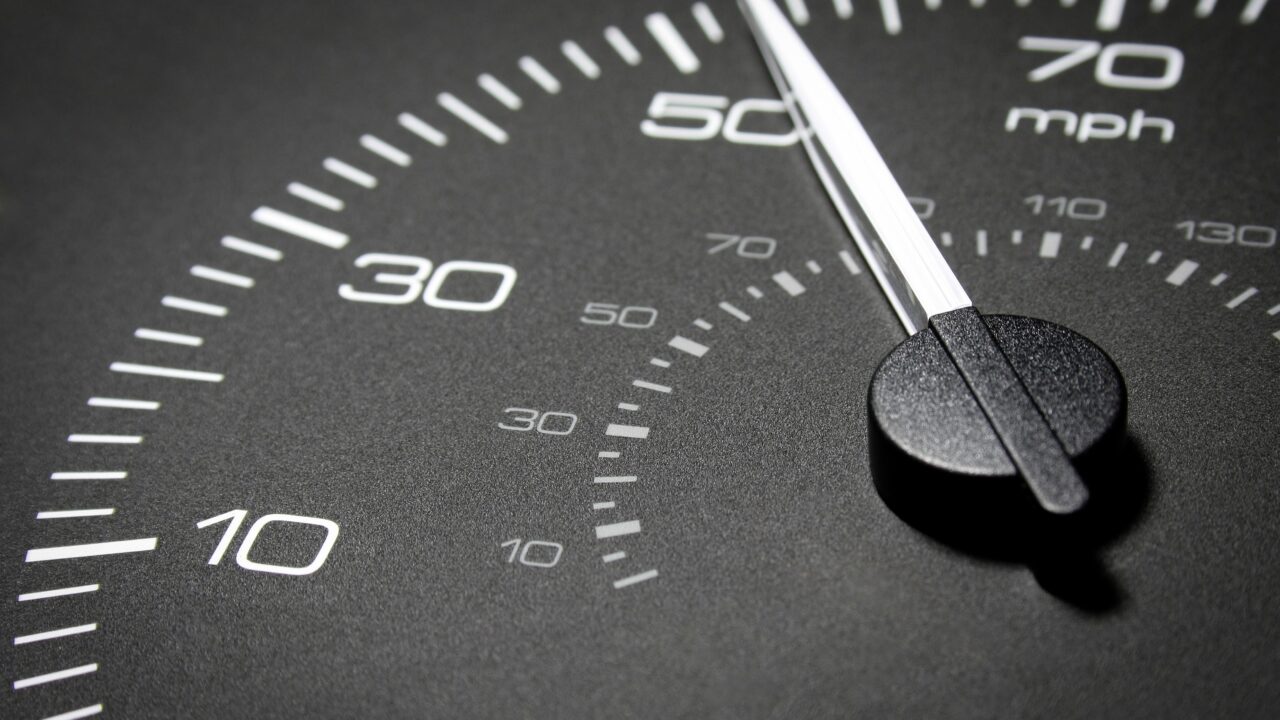
Why Is The Spark Plug Gap Important?
The spark plug gap influences the heat range of the spark produced to ignite the air fuel mixture in the combustion chamber. This makes it critical to engine performance.
How so?
A smaller gap ensures the spark plug fires on each cycle. But if the spark gap is too small, there won’t be enough room for the airfuel mixture between the ground electrode and center electrode. So when the spark plug fires, there’s a possibility that nothing ignites.
A wide gap between the center electrode and ground electrode allows for a strong, clean burn. But if the gap is too wide, the spark will be weak and won’t have enough energy to ignite the charge, leading to cylinder misfire.
And while the spark plug is a pretty simple piece of equipment, it has to work in very tough conditions.
Some engine environments make it even harder for ignition to happen.
For example:
- Engines with higher compression or forced induction have higher pressures in the combustion chamber during spark discharge. More cylinder pressure means denser airfuel mixtures that demand a higher voltage for ignition.
- Engines with high flow intake ports (like racing engines) will have lots of charge swirl and movement in the combustion chamber, making ignition harder.
- Engines with a high RPM give the distributor little dwell time to build up a solid spark, also making ignition tougher.
In all cases, the spark plug gap must be wide enough for a sufficiently energized spark, but not too wide that the spark skips at higher speeds — which will result in cylinder drag or engine rattling.
Next, let’s see how you go about gapping a spark plug to its recommended gap.



